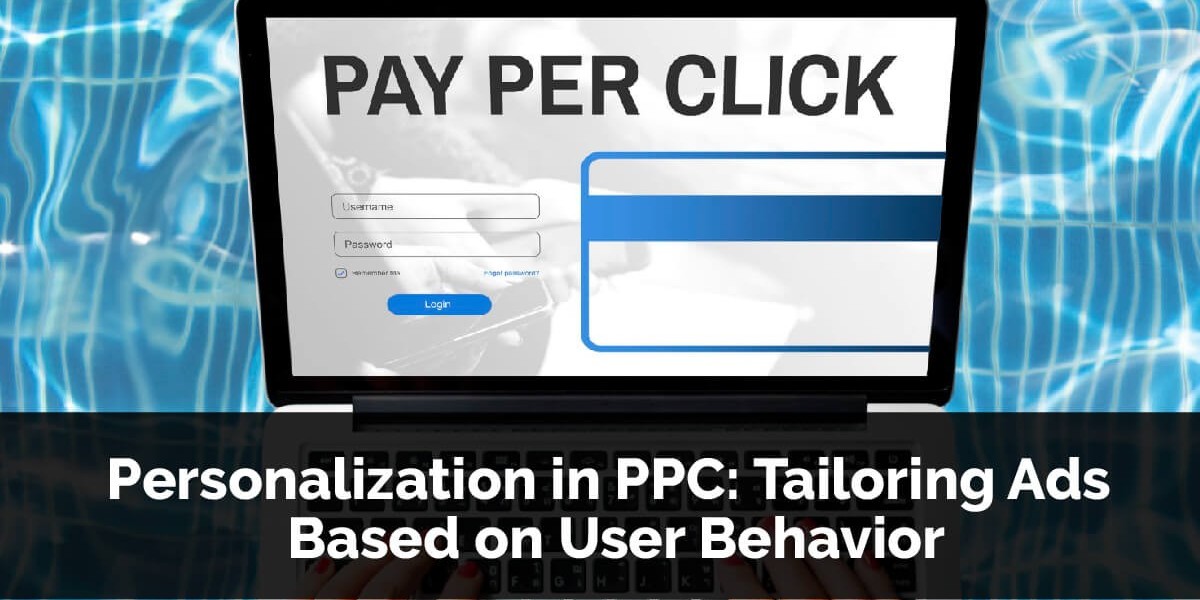In the dynamic world of online advertising, relevance is the key to capturing the attention of your audience. Gone are the days when generic advertisements would suffice. Today, users expect personalized experiences that cater to their individual needs and preferences.
Pay-Per-Click (PPC) advertising has evolved significantly, and personalization has become a cornerstone of successful campaigns. In this blog, we explore the concept of personalization in PPC and how tailoring ads based on user behavior can revolutionize your online advertising strategies.
Understanding Personalization in PPC
Personalization in PPC refers to the practice of creating and delivering highly targeted ads to specific audiences based on their behaviors, interests, demographics, and other relevant factors. Unlike generic ads that have a broad appeal, personalized ads are designed to resonate with individual users, making them more likely to engage and convert.
1. Harnessing the Power of Data
Personalization begins with data. By leveraging the wealth of data available, advertisers can gain insights into user behavior, including search queries, previous purchases, website interactions, and more. Analyzing this data helps identify patterns and preferences, enabling advertisers to create personalized ad campaigns that align with the interests of their target audience.
2. Creating Relevant Ad Copy
One of the fundamental aspects of personalization in PPC is crafting ad copy that speaks directly to the user. Generic slogans and generic offerings won't cut it. Personalized ad copies address the specific needs, desires, and pain points of the users. By incorporating keywords and phrases that resonate with the audience, advertisers can create a connection that compels users to click.
3. Dynamic Ads and Landing Pages
Dynamic ads take personalization a step further by automatically adjusting their content based on user data. For instance, an e-commerce website can display products that users have previously viewed or items related to their recent purchases. Similarly, landing pages can be dynamically customized to match the user's search intent, ensuring a seamless and relevant experience.
The Benefits of Personalized PPC Campaigns
1. Higher Click-Through Rates (CTR)
Personalized ads are more engaging and relevant to users, leading to higher click-through rates. When users see an ad that directly addresses their needs, they are more likely to click, driving traffic to your website.
2. Improved Conversion Rates
Increased relevance not only boosts CTR but also enhances the likelihood of conversions. Users who click on personalized ads are more predisposed to make a purchase or take the desired action, whether it's signing up for a newsletter, filling out a form, or making a purchase, opined some top PPC service providers in Bangalore like Webomindapps.
3. Enhanced User Experience
Personalization enhances the overall user experience. When users encounter ads that align with their interests and preferences, they perceive the brand positively. This positive experience can lead to long-term customer relationships and loyalty.
4. Cost-Effectiveness
While personalization requires careful analysis and strategic planning, it can be highly cost-effective in the long run. By targeting the right audience with the right message, advertisers can minimize wasteful ad spend on irrelevant clicks, maximizing the return on investment (ROI).
Implementing Personalization Strategies
**1. Utilize Remarketing
Remarketing allows you to target users who have previously visited your website but did not convert. By displaying personalized ads to these users as they browse other websites, you can re-engage them and encourage them to complete their desired action.
2. Leverage Audience Segmentation
Divide your audience into segments based on their behavior, interests, demographics, or location. Each segment can be targeted with specific ad campaigns tailored to their unique characteristics. Audience segmentation ensures that your ads are relevant to different groups of users.
3. A/B Testing and Optimization
Regularly conduct A/B tests to assess the performance of different ad copies, images, and calls to action. By analyzing the results, you can identify the elements that resonate best with your audience and optimize your campaigns for maximum effectiveness.
4. Embrace AI and Machine Learning
AI-powered tools can analyze vast amounts of data in real-time, enabling advertisers to identify patterns and trends that might be impossible to detect manually. Machine learning algorithms can optimize bids, ad placements, and ad content based on user behavior, ensuring continuous improvement and relevancy.
Conclusion
In the competitive landscape of online advertising, personalization in PPC is no longer a luxury; it's a necessity. By tailoring your ads based on user behavior, you can create meaningful connections with your audience, driving higher engagement, conversions, and ultimately, business growth. Embrace the power of personalization, harness the insights from data, and watch your PPC campaigns transform into highly effective, customer-focused marketing strategies. Stay ahead of the curve and let personalization be the driving force behind your online advertising success.







